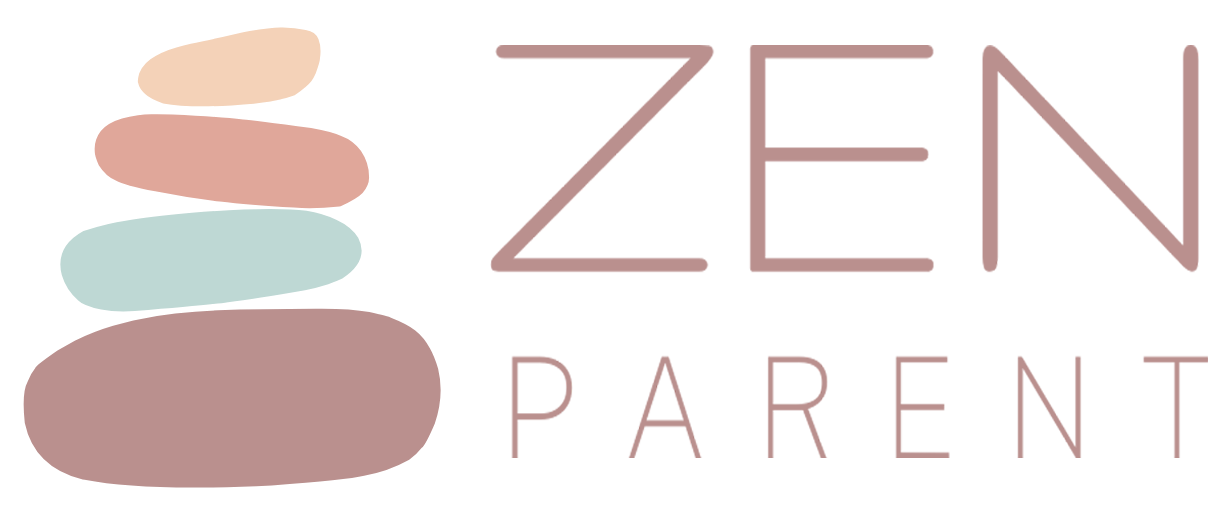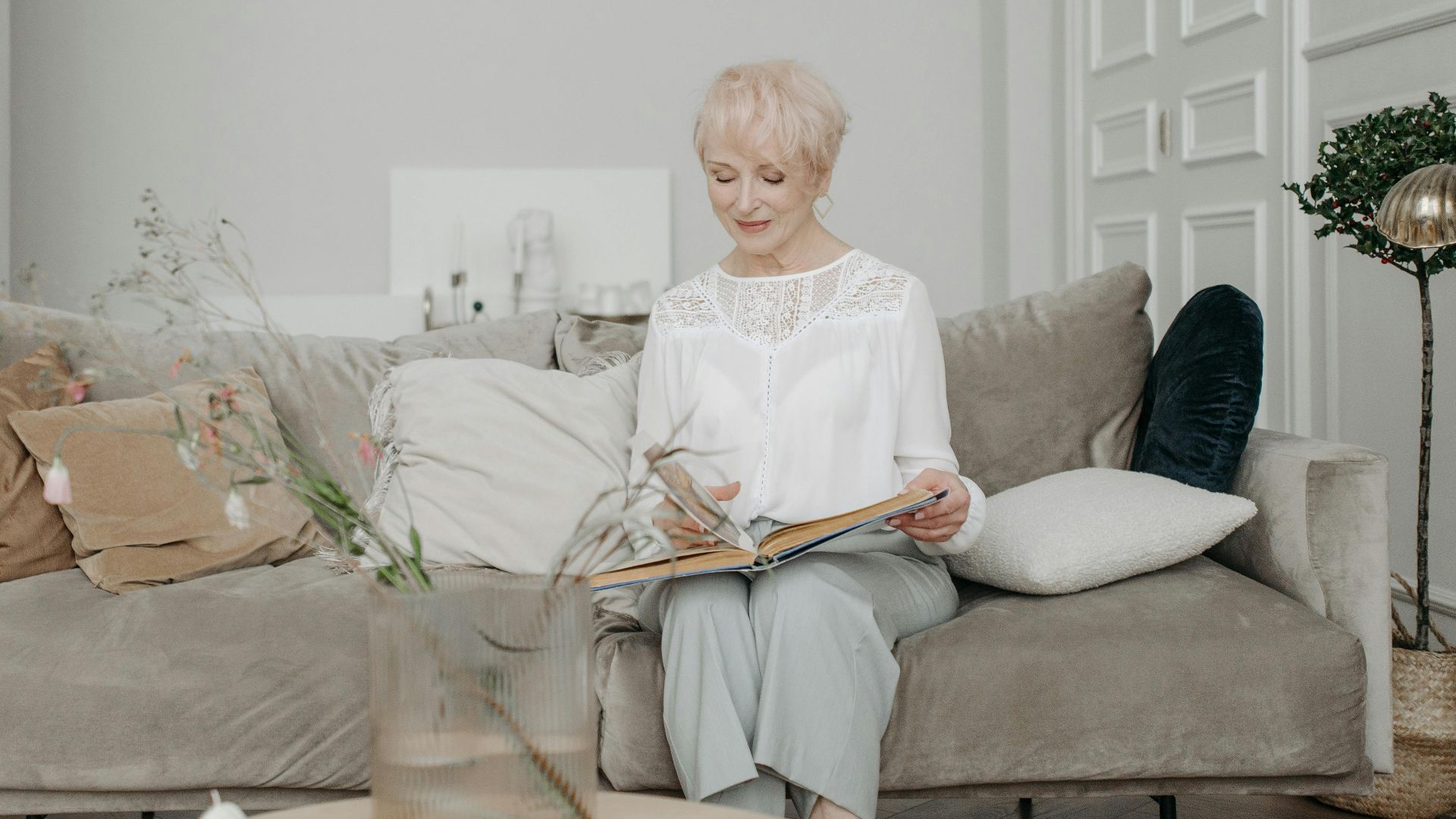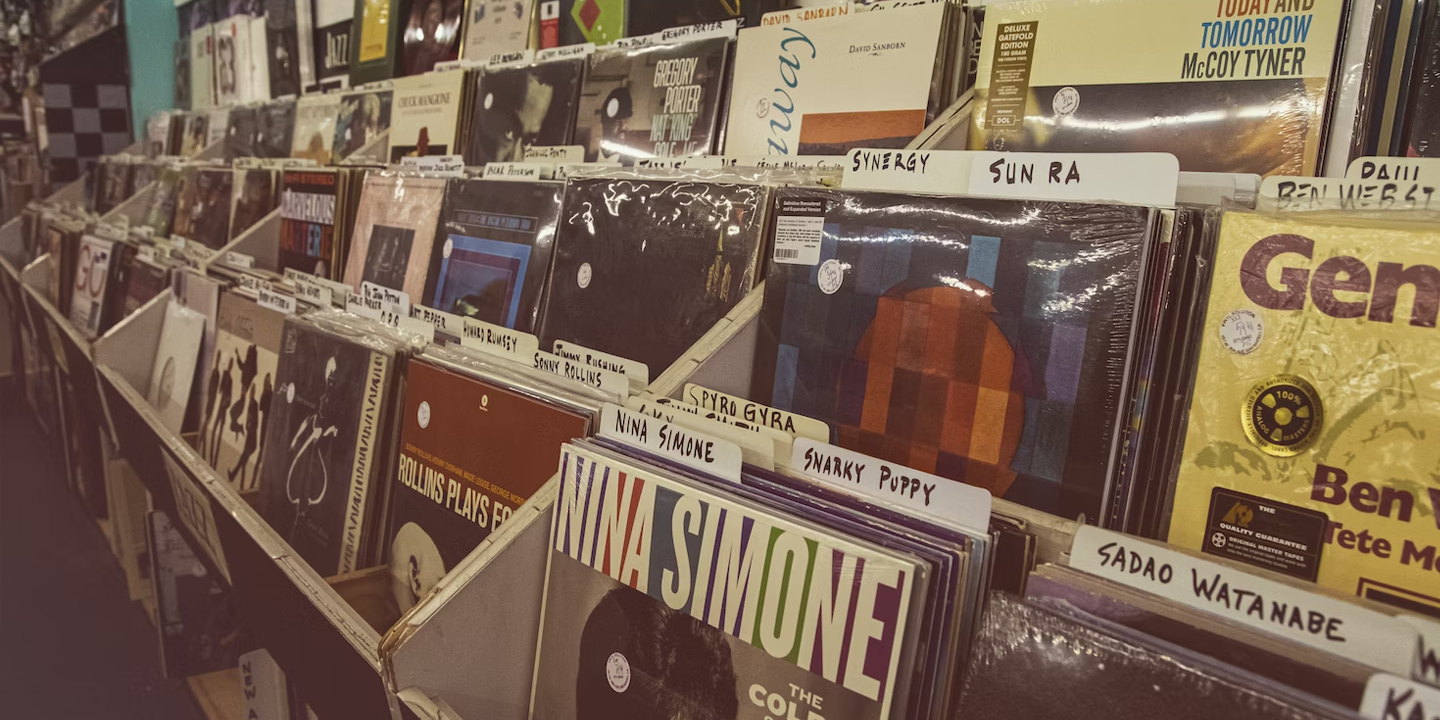Minimalism originated as an art style in the 1960s; following the Great Recession in 2008, it became a way of life for many. Aided by the rise of social media and de-cluttering guides, "less is best" became a mantra to encourage simple living and soothing interior spaces. However, minimalism isn't for everyone.
What may be sleek in simple to one person may be sterile and dull to another. In turbulent times, thanks largely to pandemic living, another design style has come into the spotlight: Maximalism. Maximalism is the exact opposite of minimalism to the point of feeling claustrophobic if done wrong.
This guide will dive into the benefits and drawbacks of both style, help you figure out your design style, and start you on the path to reclaiming your space!
What Is Minimalism?
Minimalism has a bit of a bad reputation nowadays. Think millennial griege flooring and sad beige moms. However, minimalism does not have to be sad.
Minimalism is all about conscious consumption. In a world that pushes overconsumption, minimalism encourages practitioners to be mindful about their shopping—and hoarding—habits. Minimalists focus on the simple things in life, focusing on purpose and clarity.
Where clutter can elevate stress levels, minimalism has a place for everything. Minimalism uses smooth lines and neutral colors to create comfort. In fact, a lack of bold colors is one of the defining characteristics of minimalism.
This doesn't mean that minimalism is dull of depression. Rather, the use of neutrals, especially warm tones like ecru and taupe, creates a soothing environment. When life goes by so fast it feels like you miss entire months when you blink, minimalism creates a safe haven from the bustle of the outside world.
Some common design styles you're likely to see in minimalist homes include mid-century modern, industrial, and Scandinavian minimalism.
What Is Maximalism?
If less is more for minimalists, then there's never enough for maximalism. While minimalism is all about function, maximalism is about form. Maximalism favors texture, patterns, and colors—lots of them, as bold as possible.
Maximalism injects personality into every corner of a space. Walls are made into art galleries, funky sofas are piled high with handmade quilts, and souvenirs are on display for everyone to see. It isn't necessarily the objects themselves that maximalists are drawn to, it's the meanings they hold.
However, you shouldn't confuse maximalism with overconsumption. While maximalists may have more stuff than minimalists, they're equally as purposeful about what they display. Many maximalists get their pieces from flea markets and antique malls, breathing new life into old pieces.
Entering a maximalist space, you instantly get a sense of who the person is, even before they open their mouth. Maximalism can be just as cozy and calming as minimalism, just in a different way. Done incorrectly, however, maximalism can be overstimulating, messy, and stressful.
Maximalism is frequently influenced by historical decorating trends such as Baroque, Rococo, and Victorian styles.
Why Not Both?
Like with introversion and extroversion, most people are a mixture of minimalism and maximalism. If both styles appeal to you for different reasons, then use both! Interior design isn't an either/or situation.
You can blend the two styles within the same living space—even within the same room. For example, a gallery wall can add a bit of life to an otherwise neutral living space. You can keep your lines clean and soothing by focusing on simple matte frames rather than the more ornate ones many maximalists prefer.
Another example could be your kitchen. Kitchens are notorious for clutter, which can make cooking all the more stressful. You can mix the bold colors of maximalism—we love a green kitchen—with open shelving for more minimalist storage.
Don't be afraid to mix-and-match textures! Sometimes, the most unlikely combinations, like velvet and chrome, create something entirely unique. The goal of interior design isn't to blindly follow a trend, but to cultivate your own sense of taste, making a house feel like a home.











